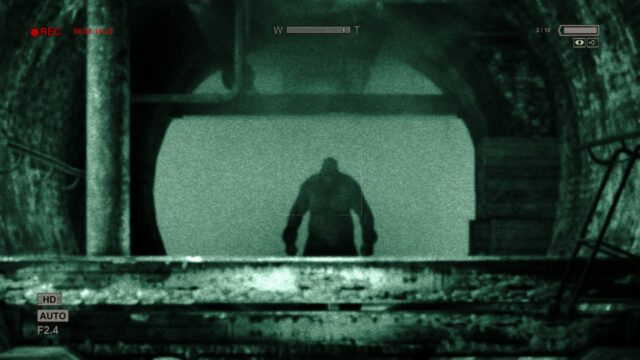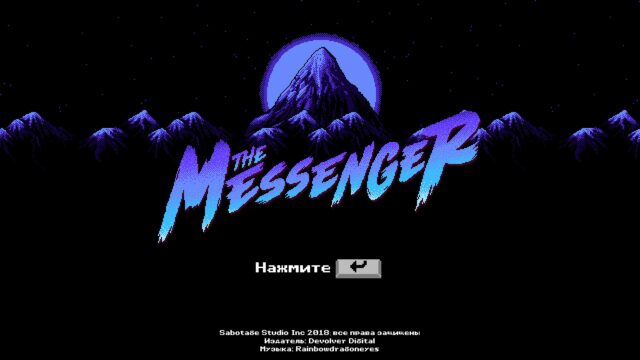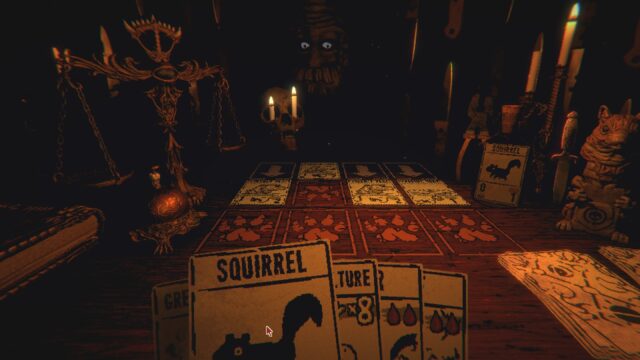Layered with Horrors – Layers of Fear Review
They say that something new is a well-forgotten old. But when it comes to horror, this doesn’t work: in order to consistently and effectively scare, you need to twist, be original, and constantly surprise. Repeating familiar techniques is a sure way to bury your horror story, but “Greenlight” is still filled with crafts about dark forests, Slenderman, and crying girls that look cheaper than webcams of beginner let’s players who are ready to scream artificially for extra subscribers.
But Layers of Fear, despite being from the same category of “Early Access,” is cleverly made. It doesn’t stand out in terms of inventiveness, but it perfectly combines everything that others have come up with. Can’t figure it out on your own? Peek at your colleague’s work! Or better yet, look into several notebooks, consult with high school students, and compare with the answer key. Combining other people’s ideas is also a kind of unique invention, right?
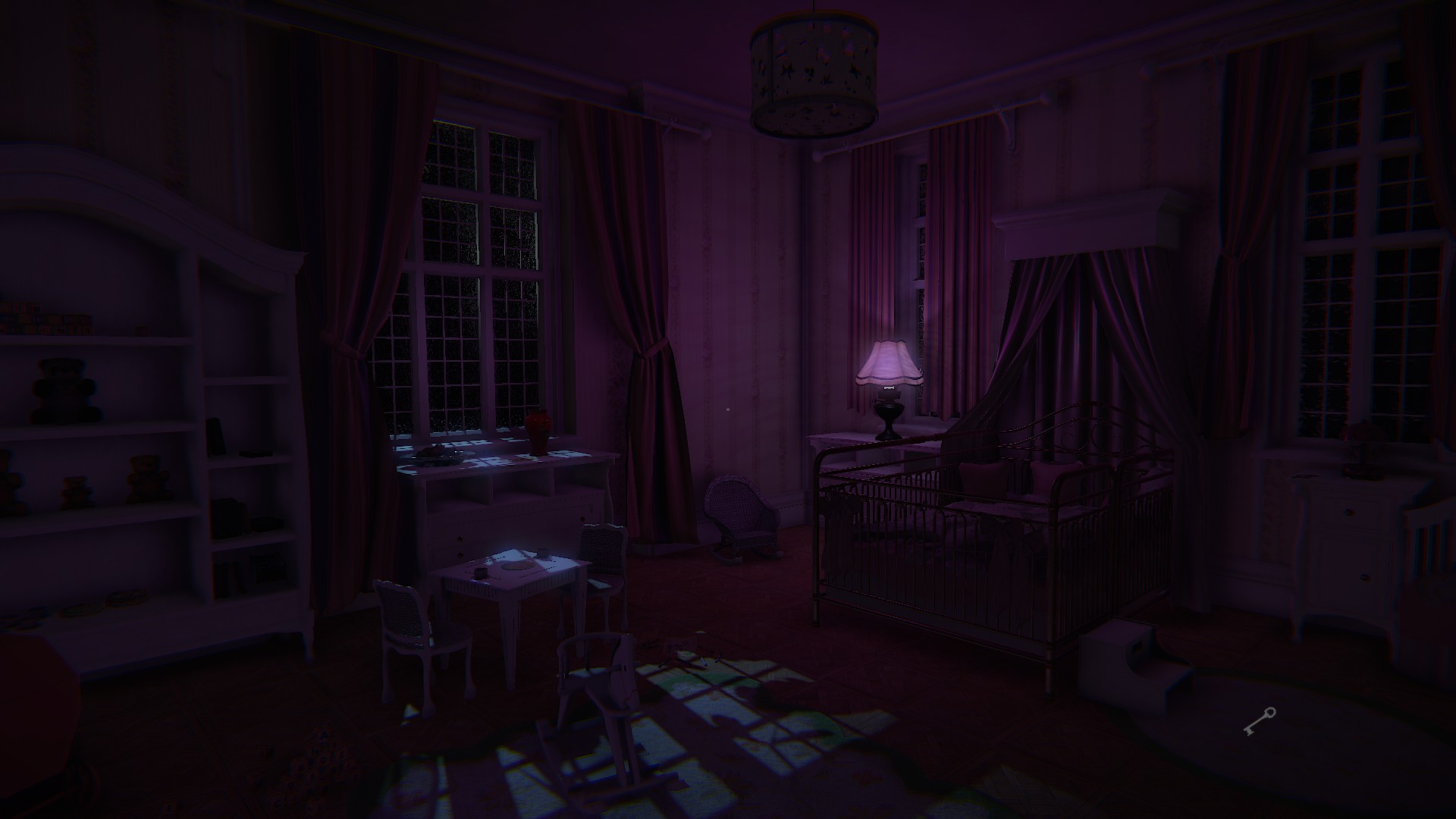
The number of borrowings here is really at such a level that you feel like you’re at an interactive horror fair. Here, in one pavilion, there is an excellent example of Japanese psychedelia – no doubt, Silent Hill with all its relatives. In another, right across from the horror modification wing, both parts of “Amnesia” are exhibited with their emphasis on total vulnerability and tactile mechanics, and at the entrance, everyone who wants to takes photos against the backdrop of a Victorian mansion from… um… any game about scary Victorian mansions and buys living dolls as souvenirs. This list is not exhaustive, so genre-savvy enthusiasts can confidently engage in extended drinking games, taking a shot after each clichéd jump scare.
It is all the more surprising that this hodgepodge achieves its goal.
Of all the prominent motifs, Layers of Fear has only one of its own – painting. No matter how deep the game delves into the abyss of quotations, paintings are always woven into the context, invariably strange and oppressive. For example:
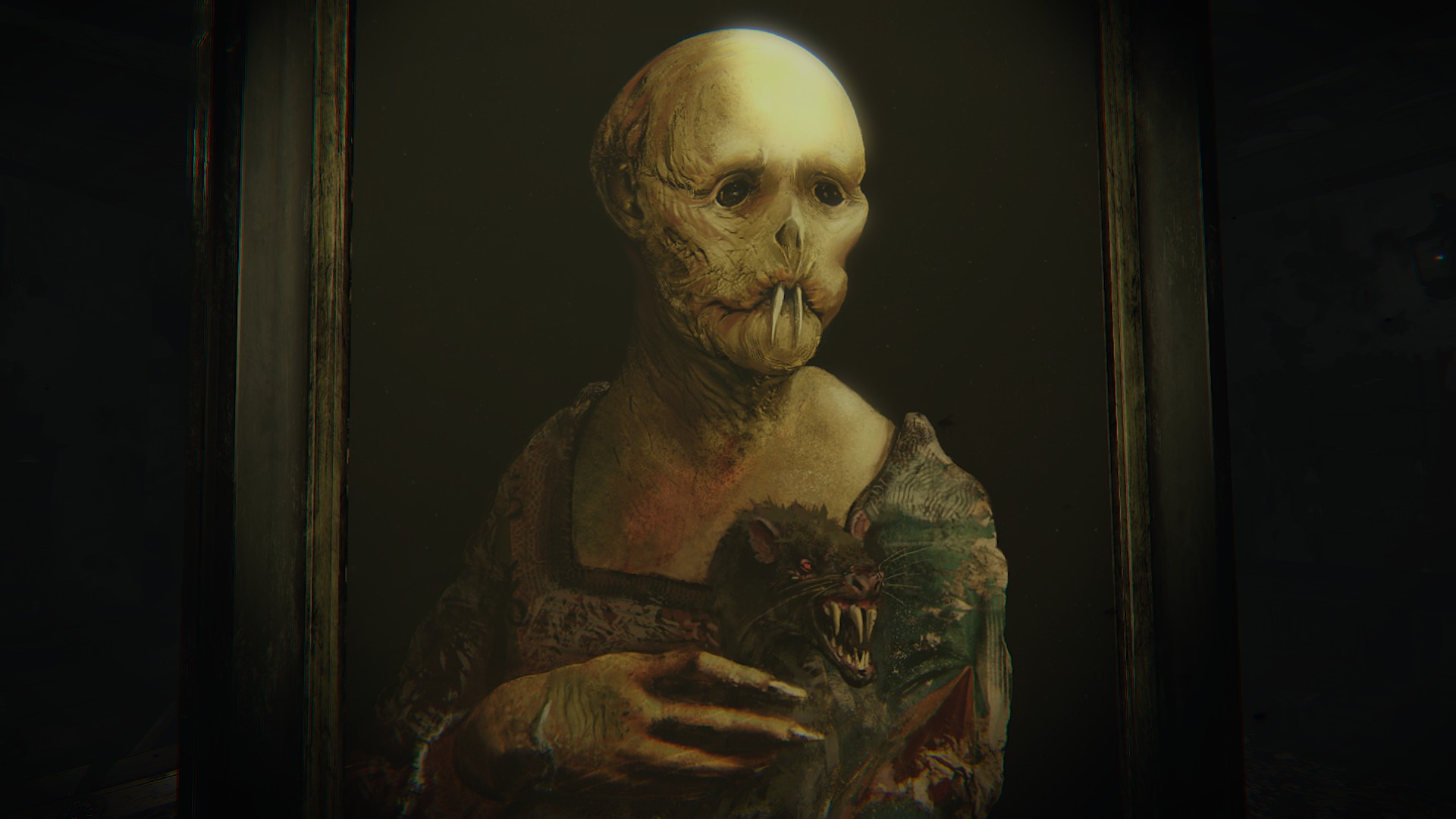
And, it must be said, with such canvases the authors have pulled off a lot of tricks of varying degrees of obviousness. Depending on the episode, they play the role of ordinary jump scares or parts of simple puzzles, they are used in optical illusions and grotesque visions, they distort, move, constantly annoy the player, and in general lead an unusually active life for a decorative element. It really gets on your nerves, and every frame that disappears behind your back contributes to the developing paranoia. And if you realize in the process that practically all the paintings are real works by great artists, it becomes quite unsettling: Rembrandt’s canvases spreading across the wall, as it turns out, stimulate the motor apparatus and the desire to use it as soon as possible, before Joshua Reynolds’ self-portrait starts yelling at you. In general, for fans of creepy stories and anyone who appreciates the presence Les mains lui résistent. In Scratches, it will be to your liking.
As a result, everything else slowly starts to function. Layers of Fear first brings the player to the desired condition, teasing them with art, and then calmly reinforces its effect with the most banal methods: clattering dishes, closing doors, sending them down long and dark corridors, leaving blurry silhouettes under flickering lanterns – the only thing missing is the infamous pale man from the forest. In combination with the relative novelty of the “pictorial” horror, this set of clichés is still capable of maintaining tension at a decent level.
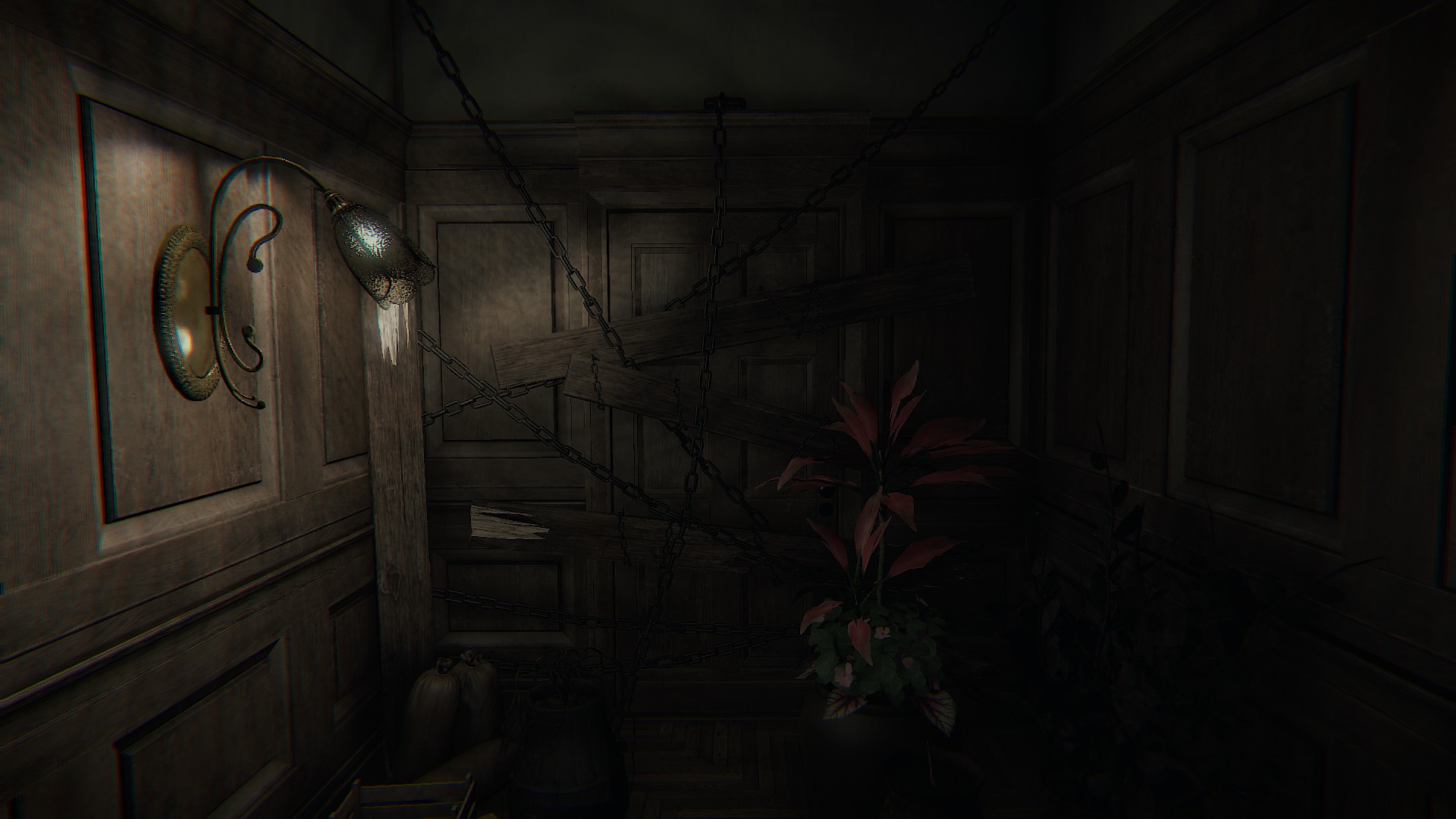
Henry Townsend would be proud.
But, unfortunately, not as long as expected. Towards the end, the method becomes tiresome, repetitive, and, worst of all, predictably correct. Now, it means that I will have to reach the end of the room, and either completely twist it beyond recognition or turn around and face the cry. Wow, just like the previous four times! And here, there will probably be hallucinations with approaching walls, because ten minutes ago there was the same room without doors. The secondary use of the reserve, already half consisting of stale techniques, completely deprives the necessary emotions and turns into an almost routine race. Consistency is undoubtedly a good quality, but fear does not coexist with it in any way.
Two things save it: duration and plot. Since the game ends in 3-4 hours, even in the most neglected case, the last 40 minutes of self-repetition are not critical for impressions – just when there seems to be a reason to express outrage, the whole circus has already folded up and disappeared. And if Alien: Isolation and Evil Within, brothers of the season and monstrous protraction, mercilessly and senselessly squeezed the remnants of pleasure from their mechanics, but for Layers of Fear, it is rather a necessary measure, because otherwise it would not be possible to bring the story to a logical conclusion.
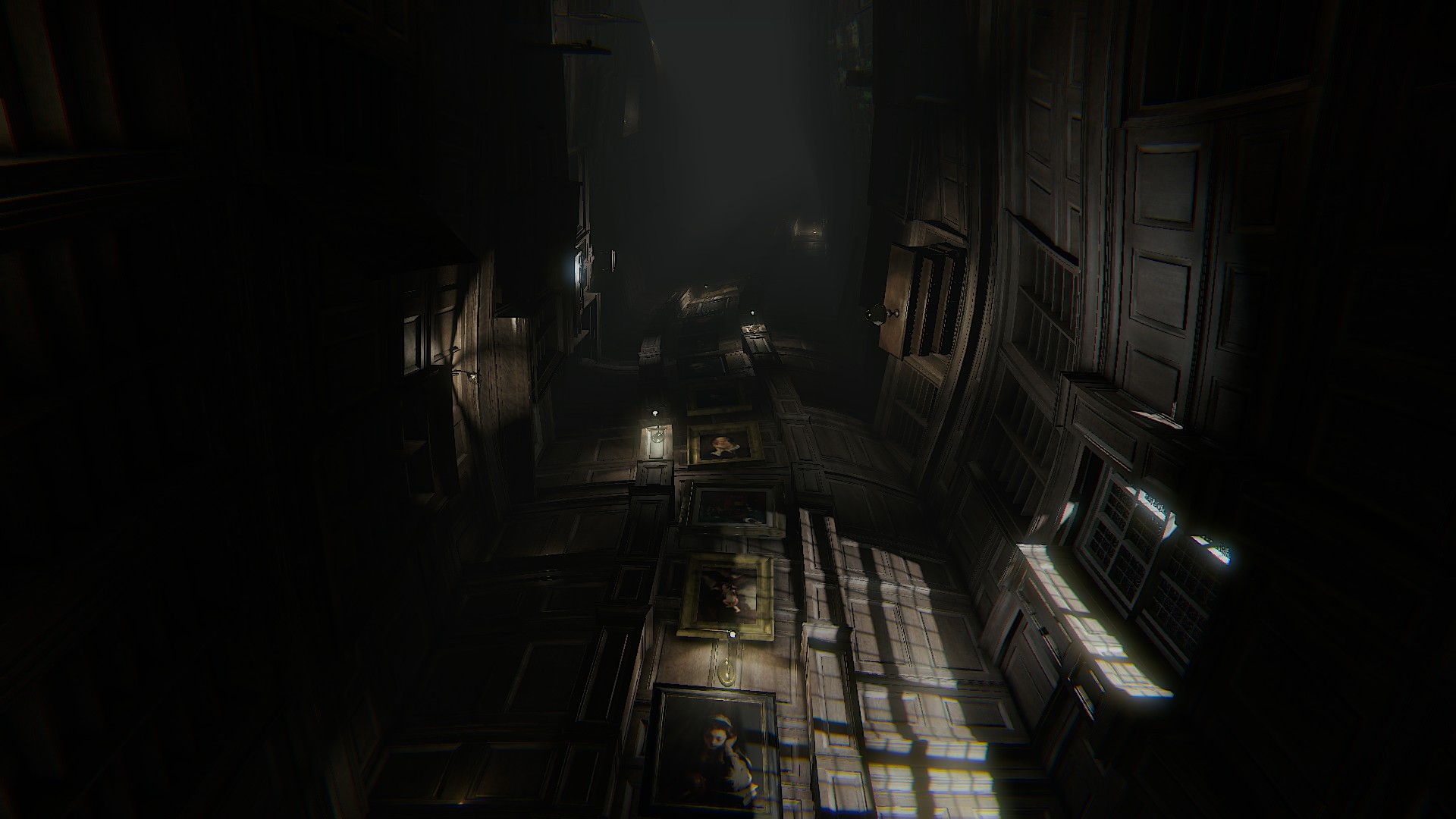

Despite the prevalence of horror here, storytelling and exploration play an equally important role in the game and often justify its flaws. The story of an artist traveling through his own distorted house in an attempt to complete his life’s greatest work is somewhat trivial, but the foggy presentation and abundance of dark secrets make it insanely captivating. Clear assumptions, motives, and characters emerge from a pile of initially scattered notes, and the environmental design is often symbolic and filled with hints of what is happening, sometimes making it more interesting to uncover them than to trigger the next jump scare. Seriously, based on the aforementioned paintings, the community has come up with such detailed theories that you could spend a couple more evenings browsing discussions and feeling like the most inattentive person in the world. And there’s also non-linearity – shh! We didn’t tell you anything and didn’t spoil anything.
The main advantage of Layers of Fear lies in its relatively successful attempt to appeal to the entire target audience at once. Both fans of the intellectual underpinnings of horror and those who couldn’t care less about notes and only come to such games to scream will leave relatively satisfied. Like most of its genre counterparts with rich narratives, the interactive aspect here significantly lags behind, which is particularly noticeable to knowledgeable people, but the pursuit of two hares already bears some fruit.
Talented apprentices tried to compare themselves to horror geniuses but only created a good collective portrait of existing masterpieces. Layers of Fear will offer practically nothing new, but it will serve as an excellent introduction to the horror genre.
Share
Discuss
More Reviews
